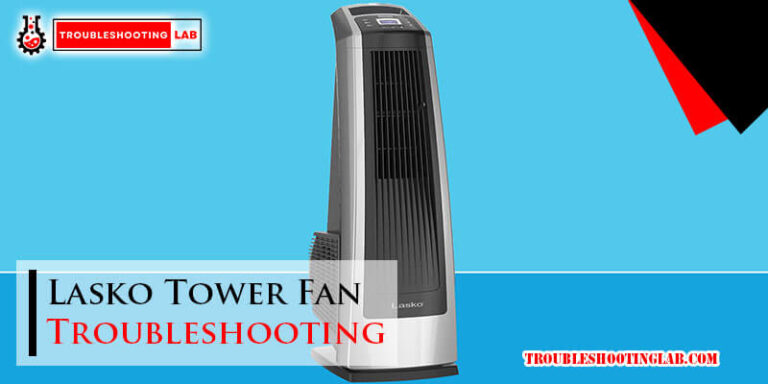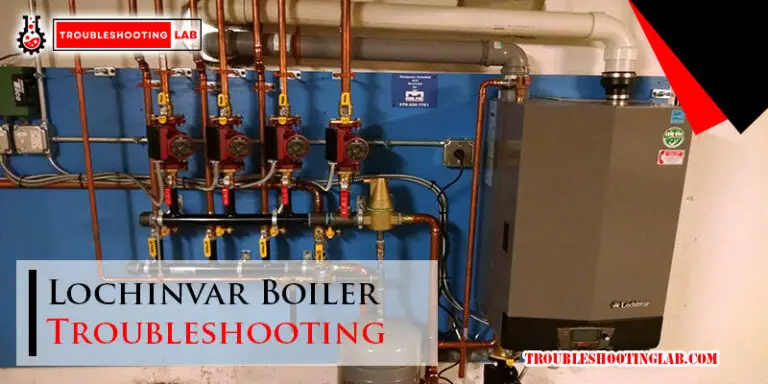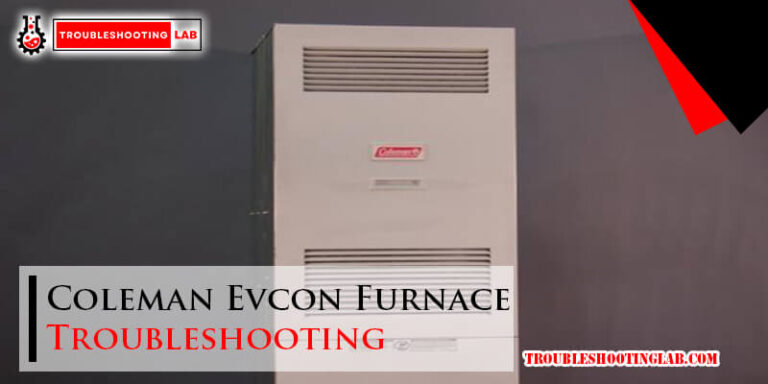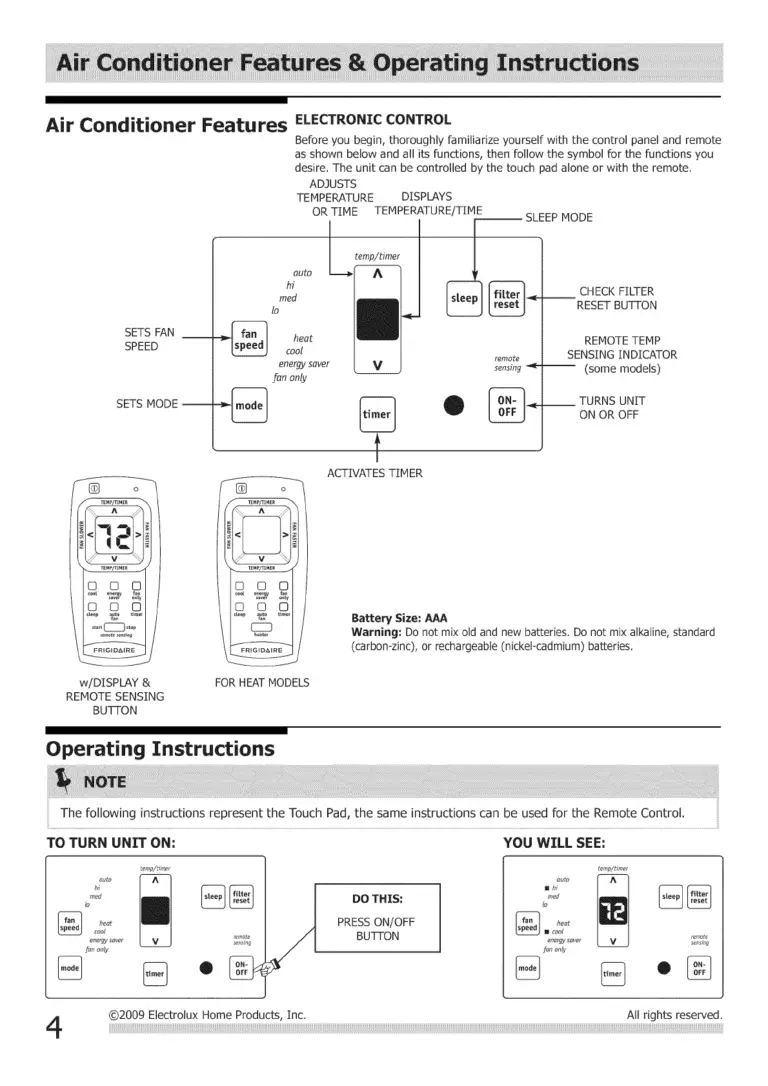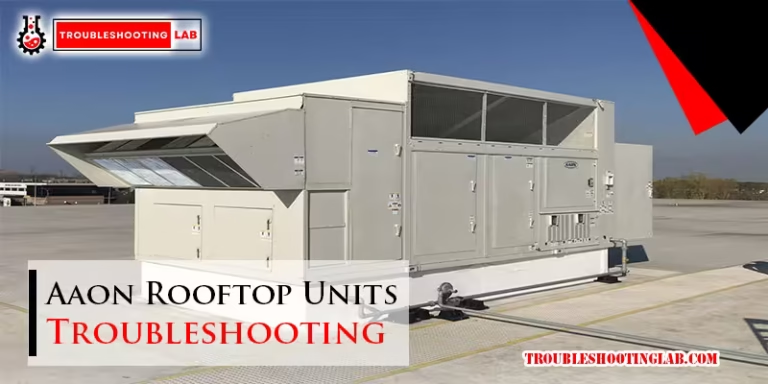Arcoaire Furnace Troubleshooting: Quick Fixes and Tips
Is your Arcoaire furnace acting up just when you need it the most? Dealing with a malfunctioning furnace can be frustrating, especially on chilly days when all you want is a warm, comfortable home.
The good news is, many common furnace problems have simple fixes you can handle on your own. In this guide, we’ll walk you through practical troubleshooting tips to help you get your Arcoaire furnace back up and running. Whether it’s strange noises, uneven heating, or the furnace not turning on at all, you’re about to uncover answers that will save you time, stress, and possibly even a service call.
Let’s get started and bring the heat back to your home!
Common Furnace Issues
When your Arcoaire furnace isn’t working as expected, it can disrupt your day and leave your home feeling uncomfortable. The good news? Many furnace problems have simple solutions you can handle yourself before calling a professional. Let’s dive into some of the most common furnace issues and how you can address them effectively.
Furnace Not Turning On
Nothing is more frustrating than a furnace that refuses to start. Begin by checking the thermostat. Is it set to “heat” and at the right temperature?
Next, inspect the circuit breaker. A tripped breaker might be the culprit. Reset it and see if that solves the issue.
If these steps don’t work, check the furnace switch—it’s often located near the unit and can accidentally get turned off. Still no luck? The issue might require a deeper look by an HVAC technician.
Inconsistent Heating
Is one room in your home warm while another feels like a freezer? Uneven heating can stem from blocked vents or dirty air filters. Look around your home and make sure vents are open and unobstructed by furniture or curtains.
Dirty filters can also restrict airflow, leading to uneven temperatures. Replace them every 1-3 months depending on how often you use your furnace. If the problem persists, you might need to inspect your ductwork for leaks or gaps.
Strange Noises During Operation
A humming furnace is normal, but loud banging, screeching, or rattling sounds could mean trouble. A banging noise often points to expanding ducts or delayed ignition in the furnace burners. If you hear screeching, it might be a worn-out blower motor belt.
Rattling sounds could indicate loose panels or screws. Tighten any loose parts, but if the noises continue, call a professional to avoid further damage.
Furnace Blowing Cold Air
If your furnace is blowing cold air, start by checking your thermostat settings. Ensure it’s set to “auto” and not “on,” as the latter can cause the fan to blow air even when the furnace isn’t heating.
Another common cause is a dirty flame sensor. This component detects whether the burners are lit. If it’s dirty, the furnace might shut off prematurely, leaving you with cold air. Clean the flame sensor or replace it if necessary.
Also, check if your pilot light is out (for older furnaces) or if the gas supply has been interrupted. A quick inspection can save you a service call.
Addressing furnace issues early can save you time and money. Which problem is your furnace giving you? Share your experience or ask questions in the comments below—you’re not alone in this!
Checking Power Supply
When your Arcoaire furnace isn’t running, checking the power supply is one of the first steps to troubleshoot the problem. Without sufficient power, your furnace won’t heat your home, no matter how well-maintained it is. Let’s dive into a few essential checks to get your furnace back on track.
Inspecting Circuit Breakers
Circuit breakers are like guardians of your home’s electrical system. If your furnace suddenly stops working, head to your breaker panel and check if the switch for the furnace is flipped to the “off” position. A tripped breaker often means there’s an electrical overload somewhere.
Switch it back to “on” and see if the furnace starts working. If it trips again right away, don’t keep resetting it. This could signal a bigger electrical issue that needs professional attention. Have you experienced frequent breaker trips before? That could be a clue to a recurring problem.
Testing The Thermostat
Your thermostat plays a critical role in controlling your furnace. Start by ensuring it’s set to “heat” mode and the temperature is higher than the current room temperature. Sometimes, a simple adjustment can fix what appears to be a major issue.
If the furnace still doesn’t respond, check the thermostat batteries. Weak or dead batteries can cause the thermostat to malfunction. Swap them out with fresh ones, and see if your furnace kicks back on. Even a dusty thermostat can cause problems—clean it gently with a cloth if needed.
Resetting The Furnace
Every furnace has a reset button designed to restart the system when things go wrong. Locate the button, which is often red and near the blower motor. Press and hold it for about 30 seconds. This simple step can resolve minor glitches in the system.
After resetting, wait to see if the furnace starts functioning. If it doesn’t, double-check for error codes displayed on the furnace or consult your manual. Have you ever tried resetting a furnace only to realize the power was out? It’s always a good idea to confirm the basics first.
Does your furnace still refuse to cooperate after these checks? If yes, it might be time to call a professional. But before you do, ensure all other troubleshooting steps are completed. Sometimes the simplest fixes make the biggest difference.
Airflow Problems
Have you noticed your Arcoaire furnace struggling to heat your home evenly? Airflow problems are a common culprit behind inconsistent temperatures and rising energy bills. Fortunately, many of these issues can be fixed with simple troubleshooting steps that you can handle yourself.
Cleaning Or Replacing Air Filters
Dirty air filters are a top reason for poor airflow in furnaces. A clogged filter forces your furnace to work harder, reducing efficiency and straining the system. Check your filter every 30 days and replace it if it looks dusty or gray.
If you’re unsure about the type of filter you need, refer to your furnace manual or take the old one to a hardware store for comparison. A clean filter doesn’t just improve airflow; it also extends your furnace’s life and lowers your energy costs. Make this quick, 5-minute task part of your regular home maintenance routine.
Inspecting Vents And Ducts
Blocked or obstructed vents can choke airflow. Walk through your home and ensure all vents are open and unblocked by furniture, curtains, or rugs. Even small items like toys or books can reduce airflow significantly.
Next, check your ducts for visible damage like holes or disconnected sections. A small tear in a duct can leak warm air and make your furnace work unnecessarily harder. You can seal minor gaps with duct tape, but call a professional if the damage is extensive.
Checking For Blockages
Obstructions in your furnace’s internal components can also cause airflow problems. Debris, pet hair, or dust can build up in the blower fan or vents inside the unit. Turn off the furnace completely before inspecting these parts for safety.
If you’re not comfortable opening the furnace, contact a technician. A simple cleaning might be all it takes to restore proper airflow. Don’t ignore strange noises coming from the furnace—they could be a sign of blockages or other issues.
Airflow problems don’t have to feel overwhelming. Start with these easy steps, and you’ll likely notice an improvement in your furnace’s performance. When was the last time you checked your air filter or vents? A little effort today could save you from bigger headaches later.
Thermostat Troubleshooting
The thermostat is a crucial part of your Arcoaire furnace system. It controls the temperature and ensures your home stays comfortable. Issues with the thermostat can affect furnace performance. Troubleshooting the thermostat is often a simple process. Below are key steps to identify and fix common thermostat problems.
Verifying Thermostat Settings
Incorrect thermostat settings can cause your furnace to malfunction. First, check if the thermostat is set to “Heat.” Ensure the temperature is set higher than the current room temperature. Look for the fan setting and set it to “Auto” for normal operation. If the screen is blank, it may indicate a power issue or dead batteries.
Calibrating The Thermostat
A poorly calibrated thermostat may give inaccurate temperature readings. To check calibration, compare the thermostat reading to an indoor thermometer. If there’s a difference, recalibrate the thermostat using the user manual. Some models have a “reset” or “calibration” option in the settings menu. Adjust until the readings match.
Replacing Thermostat Batteries
Dead batteries can cause the thermostat to stop functioning. Open the thermostat cover to access the battery compartment. Remove the old batteries and replace them with new ones. Use the correct type of batteries as specified in the manual. Secure the cover and test if the thermostat is working.
Ignition System Issues
The ignition system is a critical component of an Arcoaire furnace. It ensures the furnace starts efficiently and safely to heat your home. Issues with this system can prevent the furnace from functioning properly. Understanding how to troubleshoot can save time and avoid unnecessary repairs.
Resetting The Ignition System
Resetting the ignition system can resolve minor glitches. Start by turning off the furnace’s power supply. Wait for at least 30 seconds to allow the system to reset. Turn the power back on and check if the furnace ignites. A reset often clears temporary errors in the system.
Inspecting The Pilot Light
The pilot light plays a key role in the ignition process. Check if the pilot light is lit and burning steadily. If it’s off, relight it using the furnace’s instructions. Ensure there’s no debris blocking the flame. A weak or flickering pilot light may indicate gas flow issues or dirt buildup.
Checking The Flame Sensor
The flame sensor detects if the burner is lit. Dirt buildup can prevent it from working correctly. Remove the flame sensor carefully and clean it with a soft cloth. Avoid using abrasive materials that can damage the sensor. Reinstall it securely and test the furnace for proper ignition.
Inspecting Furnace Components
Inspecting furnace components is essential for diagnosing and resolving issues. A thorough check can help ensure your Arcoaire furnace operates efficiently. This process involves examining various parts to identify potential malfunctions. Understanding how each component works can make troubleshooting simpler.
Examining The Blower Motor
The blower motor circulates warm air throughout your home. Check if it’s running smoothly or making unusual noises. A dirty or blocked motor can reduce airflow. Inspect the motor for dust, debris, or visible damage. Tighten loose connections and ensure all wires are secure. If the motor doesn’t start, it might need replacement.
Checking The Heat Exchanger
The heat exchanger transfers heat from the furnace to the air. Cracks or corrosion in this part can cause gas leaks. Use a flashlight to inspect the surface for damage or discoloration. A damaged heat exchanger may require professional attention. Ensure it’s clean and free from soot buildup.
Inspecting Burners And Flame
Burners ignite the gas to produce heat. Check if they are clean and aligned. Dirt or rust can block gas flow, affecting performance. Inspect the flame for a steady blue color. A yellow or flickering flame indicates improper combustion. Clean the burners to remove buildup and ensure safe operation.
Maintenance Tips
Taking care of your Arcoaire furnace isn’t just about fixing problems when they arise. Regular maintenance can save you money on repairs and extend the lifespan of your furnace. A few simple habits can keep your furnace running efficiently and avoid costly breakdowns.
Scheduling Regular Inspections
Think of inspections as your furnace’s wellness check-up. A professional technician can spot small issues before they become major problems. Aim to schedule an inspection at least once a year, ideally before the colder months hit.
Why wait until something goes wrong? Regular inspections help ensure your furnace operates at peak efficiency, saving you on energy bills. Ask your technician to clean internal components and test for wear and tear during their visit.
Keeping The Furnace Area Clean
Clutter around your furnace isn’t just messy—it’s dangerous. Items stored near the furnace can block airflow and even pose fire hazards. Keep the area around your furnace free of boxes, laundry, or any flammable materials.
Dust and debris buildup can also affect performance. Use a vacuum to clean the area occasionally, especially if your furnace is in a basement or utility room. A clean environment helps your furnace “breathe” better.
Monitoring Furnace Performance
Your furnace often tells you when something’s wrong—if you’re paying attention. Listen for unusual noises like banging or whistling. Changes in heating efficiency or unexpected spikes in your energy bill can signal a problem.
Take note of how quickly your home heats up. If your furnace struggles to maintain a consistent temperature, it might need servicing. Don’t ignore small warning signs—they can lead to bigger issues later.
What’s one thing you could check today to ensure your furnace is running smoothly? The answer might be simpler than you think.
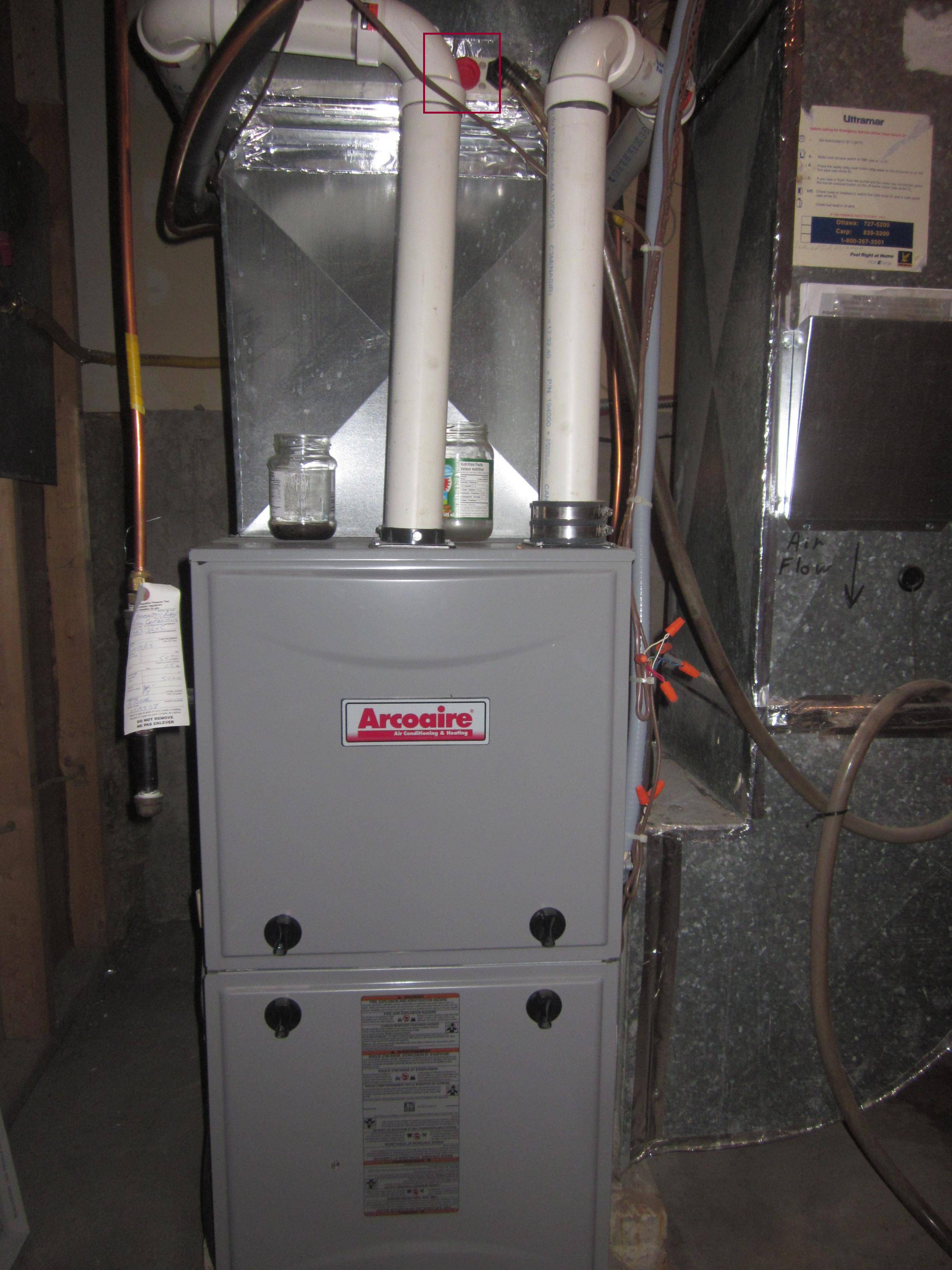
When To Call A Professional
Arcoaire furnaces are built to last, but even the best systems can encounter issues. While some troubleshooting steps are easy to handle on your own, there are times when calling a professional is the smartest move. Knowing when to step back and seek expert help can save you from costly mistakes and ensure your furnace runs efficiently.
Recognizing Complex Issues
Some furnace problems can be tricky to identify. If your furnace is making strange noises, cycling on and off frequently, or failing to heat properly despite trying basic fixes, it’s a sign of deeper issues. Problems like a faulty circuit board or gas valve often require advanced tools and training to diagnose.
Think about this: Do you feel confident handling electrical components or gas lines? If not, it’s better to leave it to someone who does. A professional can pinpoint the cause quickly and prevent further damage to your system.
Avoiding Diy Repairs For Safety
Attempting to fix your furnace without proper knowledge can be risky. Furnaces involve electricity, gas, and intricate parts—all of which can pose safety hazards if handled incorrectly. A small mistake could lead to gas leaks, electrical shocks, or even fires.
Safety should always come first. Even if the problem seems minor, ask yourself, “Is this worth the risk?” Often, trying to save a few dollars with DIY repairs can end up costing much more in repairs or medical bills if things go wrong.
Finding A Reliable Technician
Choosing the right professional is crucial for effective repairs. Look for technicians who are certified, experienced, and familiar with Arcoaire furnaces. A quick search online or asking friends for recommendations can help you find someone trustworthy.
Before hiring, don’t hesitate to ask questions. What’s their experience with your specific furnace model? Do they offer a warranty for their work? These details matter. The right technician not only fixes the issue but also ensures your furnace runs efficiently for years to come.
Take the time to research and vet your options. A reliable technician is an investment in your home’s comfort and safety.

Conclusion
Troubleshooting your Arcoaire furnace can save time and prevent bigger issues. Always start with simple checks like filters, power, and thermostat settings. Regular maintenance keeps your furnace running efficiently and extends its life. For complex problems, contacting a professional ensures safe and reliable repairs.
Knowing these basics helps you stay warm without unnecessary stress. Keep your furnace in good shape, and it’ll keep your home comfortable. A little effort now avoids costly repairs later. Stay proactive and enjoy a cozy, worry-free winter season.

